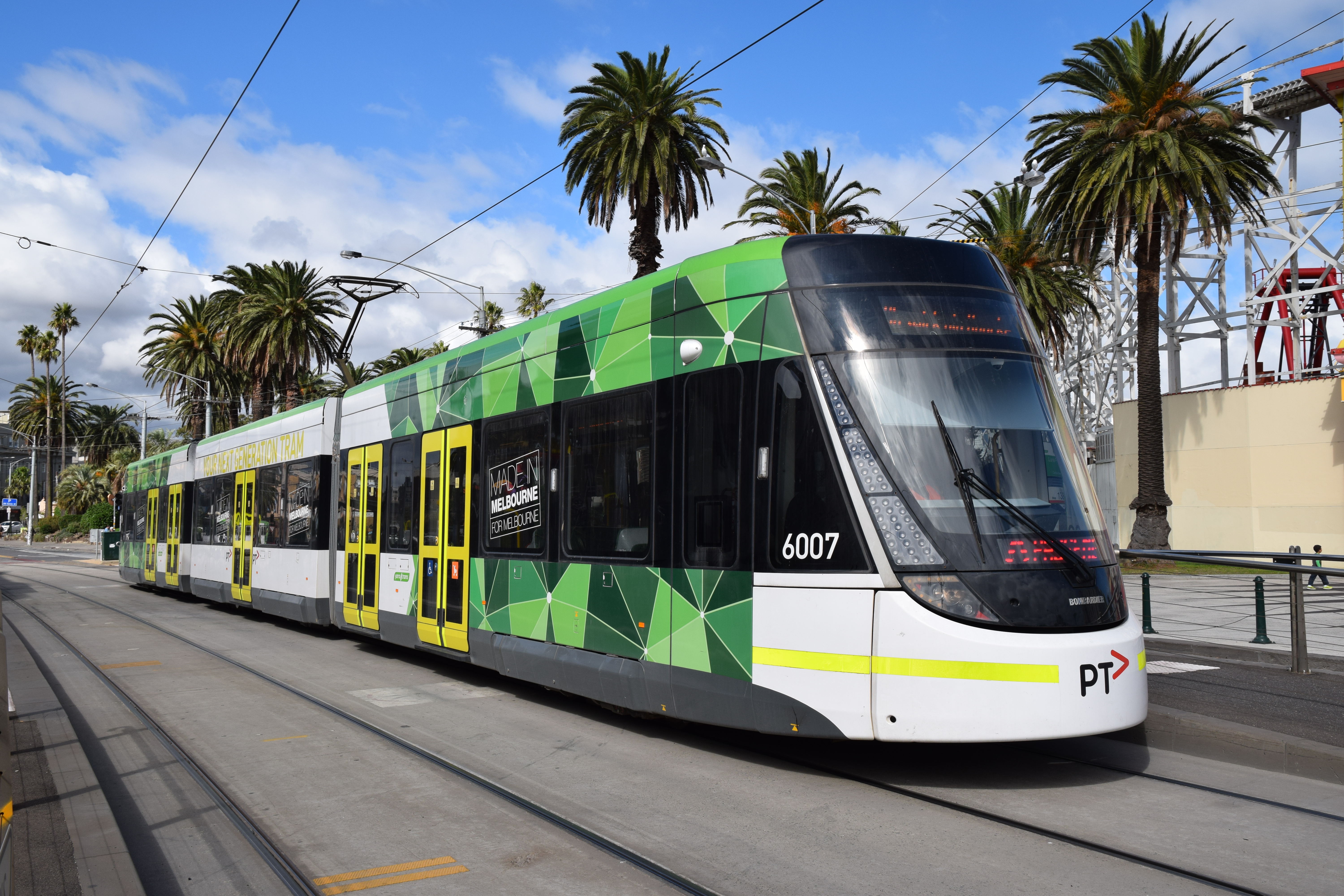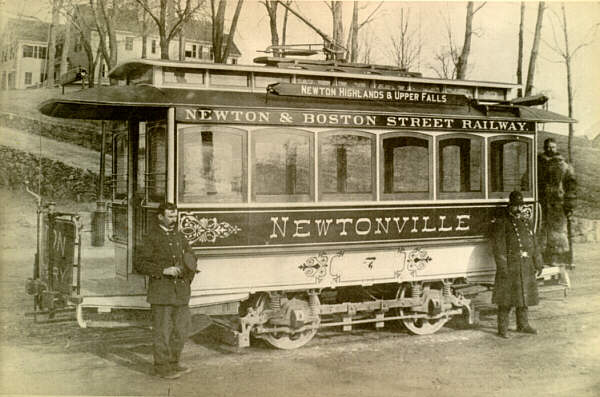|
Stadtwerke Solingen
The Verkehrsbetrieb der Stadtwerke Solingen GmbH, or SWS, is a public transport company in the German city of Solingen and its surrounding area. Stadtwerke Solingen operates the Trolleybuses in Solingen, Solingen trolleybus system as well as various bus lines and is a member of the Verkehrsverbund Rhein-Ruhr transport agency. History Solingen city tramway The metre gauge Solingen city Tram, tramway began operations on December 30, 1896, by the Union-Elektricitäts-Gesellschaft (UEG) from Berlin. The first route began by Stöckerberg near the tollgate, and down cologne street to the Südbahnhof, service began on June 7, 1897. Another line followed the same day, beginning at Neumarkt near the Kaiserstraße, next to Schützenstraße and down Burger Straße to Krahenhöhe it was 2.4 kilometers in length. References {{Reflist Bus companies of Germany Trolleybus transport in Germany Companies based in Solingen ... [...More Info...] [...Related Items...] OR: [Wikipedia] [Google] [Baidu] |
Stadtwerke Solingen
The Verkehrsbetrieb der Stadtwerke Solingen GmbH, or SWS, is a public transport company in the German city of Solingen and its surrounding area. Stadtwerke Solingen operates the Solingen trolleybus system as well as various bus lines and is a member of the Verkehrsverbund Rhein-Ruhr transport agency. History Solingen city tramway The metre gauge Solingen city tramway began operations on December 30, 1896, by the Union-Elektricitäts-Gesellschaft Union-Elektricitäts-Gesellschaft (UEG) was a German subsidiary of the American Thomson-Houston Electric Company. The subsidiary was established to represent the parent company's interests in Germany, Austria-Hungary, Belgium, the Netherlands, Den ... (UEG) from Berlin. The first route began by Stöckerberg near the tollgate, and down cologne street to the Südbahnhof, service began on June 7, 1897. Another line followed the same day, beginning at Neumarkt near the Kaiserstraße, next to Schützenstraße and down Burger Straße to ... [...More Info...] [...Related Items...] OR: [Wikipedia] [Google] [Baidu] |
Bus Companies Of Germany
A bus (contracted from omnibus, with variants multibus, motorbus, autobus, etc.) is a road vehicle that carries significantly more passengers than an average car or van. It is most commonly used in public transport, but is also in use for charter purposes, or through private ownership. Although the average bus carries between 30 and 100 passengers, some buses have a capacity of up to 300 passengers. The most common type is the single-deck rigid bus, with double-decker and articulated buses carrying larger loads, and midibuses and minibuses carrying smaller loads. Coaches are used for longer-distance services. Many types of buses, such as city transit buses and inter-city coaches, charge a fare. Other types, such as elementary or secondary school buses or shuttle buses within a post-secondary education campus, are free. In many jurisdictions, bus drivers require a special large vehicle licence above and beyond a regular driving licence. Buses may be used for schedule ... [...More Info...] [...Related Items...] OR: [Wikipedia] [Google] [Baidu] |
Union-Elektricitäts-Gesellschaft
Union-Elektricitäts-Gesellschaft (UEG) was a German subsidiary of the American Thomson-Houston Electric Company. The subsidiary was established to represent the parent company's interests in Germany, Austria-Hungary, Belgium, the Netherlands, Denmark, Finland, Sweden, Norway, Russia and Turkey."Aus sechs wird eins" in: ''Straßenbahn Magazin'' 9/2019, p. 60 ff. The company was founded in 1882 and existed as an independent company until it was absorbed by the AEG on February 27, 1904. Work completed In the twelve years between 1892 and 1904, the UEG built a further 2400 kilometers of electric railways, principally in Europe, and delivered 5285 tramcars to over seventy tram companies. These included: * 1892 Bremen * 1894 Brussels, Gotha * 1895 Munich * 1896 Liège, Cairo * 1897 Aachen, Bergen * 1899 Batavia Batavia may refer to: Historical places * Batavia (region), a land inhabited by the Batavian people during the Roman Empire, today part of the Netherlands * Batavia, Du ... [...More Info...] [...Related Items...] OR: [Wikipedia] [Google] [Baidu] |
Tram
A tram (called a streetcar or trolley in North America) is a rail vehicle that travels on tramway tracks on public urban streets; some include segments on segregated right-of-way. The tramlines or networks operated as public transport are called tramways or simply trams/streetcars. Many recently built tramways use the contemporary term light rail. The vehicles are called streetcars or trolleys (not to be confused with trolleybus) in North America and trams or tramcars elsewhere. The first two terms are often used interchangeably in the United States, with ''trolley'' being the preferred term in the eastern US and ''streetcar'' in the western US. ''Streetcar'' or ''tramway'' are preferred in Canada. In parts of the United States, internally powered buses made to resemble a streetcar are often referred to as "trolleys". To avoid further confusion with trolley buses, the American Public Transportation Association (APTA) refers to them as " trolley-replica buses". In the ... [...More Info...] [...Related Items...] OR: [Wikipedia] [Google] [Baidu] |
Metre Gauge
Metre-gauge railways are narrow-gauge railways with track gauge of or 1 metre. The metre gauge is used in around of tracks around the world. It was used by European colonial powers, such as the French, British and German Empires. In Europe, large metre-gauge networks remain in use in Switzerland, Spain and many European towns with urban trams, but most metre-gauge local railways in France, Germany and Belgium Belgium, ; french: Belgique ; german: Belgien officially the Kingdom of Belgium, is a country in Northwestern Europe. The country is bordered by the Netherlands to the north, Germany to the east, Luxembourg to the southeast, France to ... closed down in the mid-20th century, although many still remain. With the revival of urban rail transport, metre-gauge light metros were established in some cities, and in other cities, metre gauge was replaced by standard gauge. The slightly-wider gauge is used in Sofia. Examples of metre-gauge See also * Itali ... [...More Info...] [...Related Items...] OR: [Wikipedia] [Google] [Baidu] |
Verkehrsverbund Rhein-Ruhr
The Verkehrsverbund Rhein-Ruhr (), abbreviated VRR, is a public transport association ( Verkehrsverbund) in the German state of North Rhine-Westphalia. It covers most of the Ruhr area, as well as neighbouring parts of the Lower Rhine region, including Düsseldorf and thus large parts of the Rhine-Ruhr conurbation. It was founded on 1 January 1980, and is Europe’s largest body of such kind, covering an area of some with more than 7.8 million inhabitants, spanning as far as Dorsten in the north, Dortmund in the east, Langenfeld in the south, and Mönchengladbach and the Dutch border in the west. Structure and responsibilities The VRR is tasked with coordinating public transport in its area. This means the following: * setting and developing the fare system (“VRR-Tarif”) ** redistributing ticket revenue onto the transport companies * coordinating local train services (''Schienenpersonennahverkehr'', SPNV) within its area as public service obligations (PSO) * integratin ... [...More Info...] [...Related Items...] OR: [Wikipedia] [Google] [Baidu] |
Trolleybuses In Solingen
The Solingen trolleybus (german: Oberleitungsbus Solingen), also known locally as ''Stangentaxi'', serves the city of Solingen, in the federal state of North Rhine-Westphalia, Germany. Opened on 19 June 1952, it is the largest of the three remaining trolleybus systems in Germany (the others being in Eberswalde and Esslingen am Neckar). The network centres on ''Graf-Wilhelm-Platz'' in Solingen city centre, and one of its lines extends into the neighbouring municipality of Wuppertal. It is operated by Stadtwerke Solingen, the municipal works company. History The first trolleybus route was brought into service on 19 June 1952. The network was a conversion of the previous tram network. Conversion from tramway was completed on 2 December 1959. Extensions to the system were opened in 1981–82 – Schlagbaum to Hasselstraße () and Höhscheid to Brockenberg () respectively – and in 1993 from Aufderhöhe to Mangenberg/Graf-Wilhelm-Platz (). The mid-1990s saw plans to replace the trol ... [...More Info...] [...Related Items...] OR: [Wikipedia] [Google] [Baidu] |
Public Transport
Public transport (also known as public transportation, public transit, mass transit, or simply transit) is a system of transport for passengers by group travel systems available for use by the general public unlike private transport, typically managed on a schedule, operated on established routes, and that charge a posted fee for each trip. There is no rigid definition; the ''Encyclopædia Britannica'' specifies that public transportation is within urban areas, and air travel is often not thought of when discussing public transport—dictionaries use wording like "buses, trains, etc." Examples of public transport include city buses, trolleybuses, trams (or light rail) and passenger trains, rapid transit (metro/subway/underground, etc.) and ferries. Public transport between cities is dominated by airlines, coaches, and intercity rail. High-speed rail networks are being developed in many parts of the world. Most public transport systems run along fixed routes with set e ... [...More Info...] [...Related Items...] OR: [Wikipedia] [Google] [Baidu] |
Gymnasium Schwertstraße
The Gymnasium Schwertstraße in Solingen, North Rhine-Westphalia, Germany was established on 15 October 1841 as the Höhere Bürgerschule, and is the oldest and most traditional of the four gymnasiums in the city. History The school opened with 23 pupils with lessons being held in the Rathaus, and later in the Catholic ''Pfarrhaus'' in the Brunnenstraße and the former Vollmannschen Lateinschule on the corner of Klosterwall and Neustraße. In 1859, it moved into its own building in Friedrichstraße, and in 1897 to the new building in Schwertstraße. In 1899, it changed to being a gymnasium, and in 1902, it had pupils completing the abitur for the first time. From 1918 to 1924, the school building was used to accommodate a Scottish regiment, and lessons were held in the local court and in a vocational school. In 1930, 28 pupils from the school and from the Junior Technical School in Chatham each visited the other school. This is claimed to be the oldest proven instance of schools ... [...More Info...] [...Related Items...] OR: [Wikipedia] [Google] [Baidu] |





